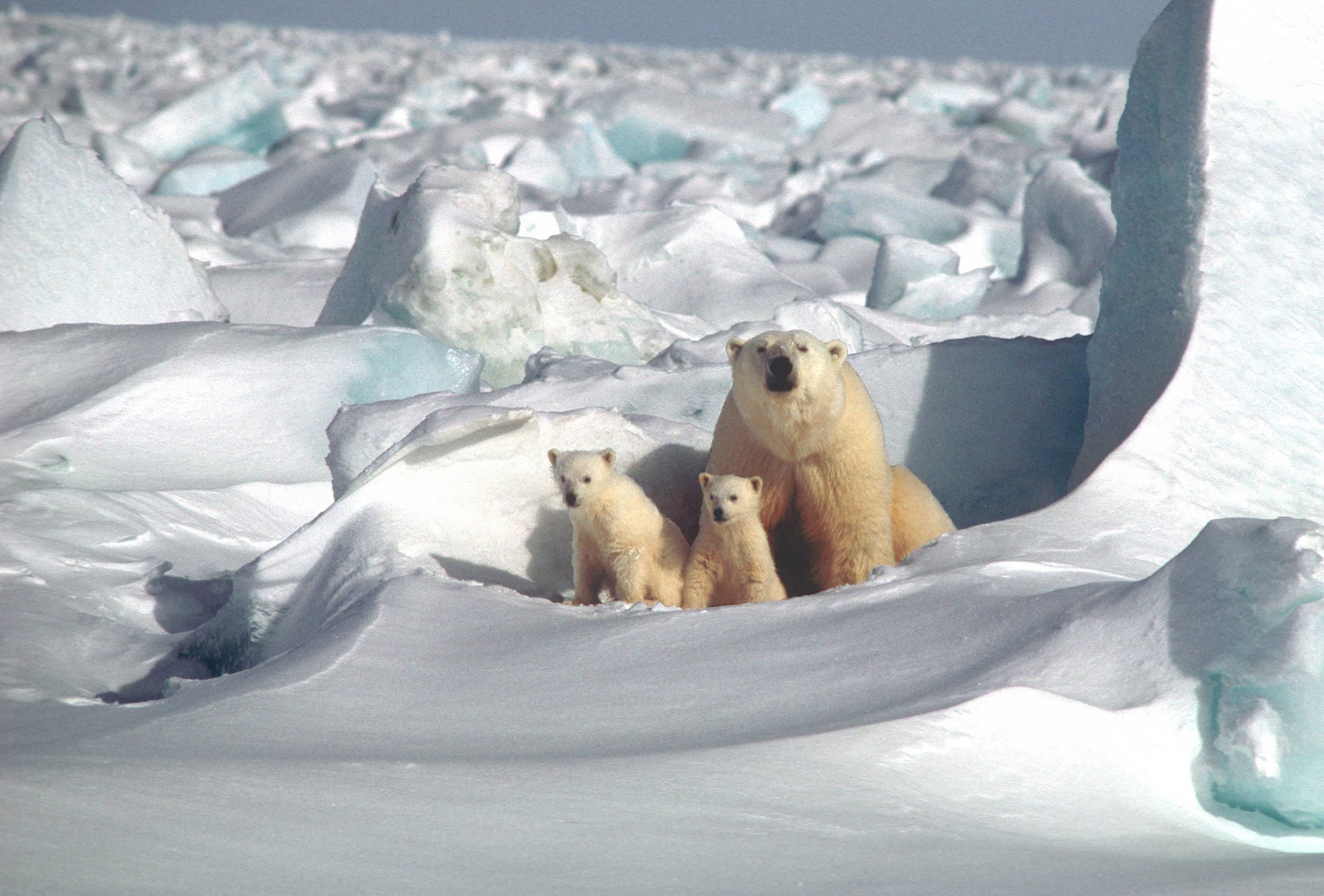Polar Bears: The Poster Child of Climate Change
Bethany Gaffey
Over the past few decades, polar bears have become the face of so much more than just Coca-Cola; they are the poster children of climate change. However, with more media focus than ever on plastic pollution, sea level rise, and other threats to the ocean, polar bears seem to have all but disappeared from our news feeds. Rediscover how polar bears are faring in our changing climate and what you can do to help.
Polar bears have become the poster children of climate change. Photo: Pixabay.
Why have polar bears faded from the limelight?
Climate change is a major hot topic in science today (pun intended). More and more research is being conducted to understand its impacts on the environment and what that means for the survival of many organisms. As new research findings come to light, attention has inevitably shifted from polar bears to a variety of species. In fact, polar bears may have been dethroned from their status as “the poster child for global warming.” The reality is that the more we know about climate change, the more we realise that it is affecting every organism on our planet in some way, shape, or form. So why are polar bears still important?
Polar bears are charismatic megafauna that have become the face of a movement to protect the Arctic. Photo: Pixabay.
Why are polar bears iconic?
In the world of biology, the term ‘charismatic megafauna’ is well known. But amongst the public, such a term may not ring any bells. Charismatic megafauna are essentially large, enigmatic animals that pull at people’s heartstrings. Some examples include sea turtles, manta rays, sharks, dolphins, penguins, and polar bears, as opposed to organisms like sponges or plankton. Because of the public appeal of such animals, they often become the face of movements to protect entire ecosystems - termed flagship species.
Charismatic megafauna like polar bears can be extremely important tools for conservation. Photo: Pixabay.
For example, seagrass is extremely important to our coastlines, but a campaign called ‘Save the Seagrass’ will get much less support than one called ‘Save the Manatees.’ For this reason, charismatic megafauna can be extremely important catalysts for conservation, as people value their existence and are willing to do something to protect them. Compelling photographs of starving polar bears on thin ice was an important gateway to engaging the public on climate change. The beauty of polar bears is undeniable, and stunning photographs are another great example of how captivating charismatic megafauna can be, and how digital media can be used to bring attention to the plight of any organism.
Where Are Polar Bears Now?
The International Union for Conservation of Nature and Natural Resources (IUCN) maintains a comprehensive list of species and their conservation status, called the “Red List.” Backed by scientific data, researchers both contribute to and cite IUCN’s Red List in their own projects. IUCN’s last global assessment of polar bears took place in 2015 and listed them as “Vulnerable,” while simultaneously leaving a blatant “Unknown” for the category “Population Trend.” Unfortunately, lack of data makes it nearly impossible to say just how many are left in the wild, but it is undeniable that the loss of sea-ice from climate change negatively affects polar bears’ ability to hunt, travel, and mate.
Where polar bears stand on IUCN’s Red List. Photo: International Union for Conservation of Nature and Natural Resources.
Meanwhile, Polar Bears International state, “Based on projected future sea ice loss, two-thirds of the world’s polar bears could disappear within this century.” Polar Bears International’s mission is to “conserve polar bears and the sea ice they depend on.” While they do contribute climate change to the decline of polar bear populations, they also state, “Our story moves beyond the plight of the polar bears, because we know that humans are not adverse to the visible threats to our global ecosystem. The final act is unwritten and we use every resource we have to facilitate action; to combat the belief that it’s too late; and to unify the world into action.” All species (including humans) will ultimately be affected by climate change. So what can we do to help?
Two-thirds of the world’s polar bears could disappear within this century. Photo: Pixabay.
The Future of Polar Bears and the Planet is up to us
The solution is simple: in order to protect polar bears (and the rest of our planet), we must combat climate change. As daunting of a task it may be, we can in fact weather climate change. However, it will depend on how aggressively we, as individuals and as nations, take action. If you’re wondering how you can help, don’t worry! The Washington Post recently published a concise list (and further explanations) of 11 ways we can combat climate change. It is essentially one of hopefully many blueprints to come for climate action.
Photo: Bethany Gaffey
How can you tackle climate change?
Set local emissions goals
Be smart about your air conditioner
Encourage electric vehicles
Be smart about nuclear power
Make it easier to live without cars
Prevent wasted food – the right way
Incentivise carbon farming
Curb the effects of meat and dairy
Adopt a carbon tax
Open electric markets to competition
Pass a Green New Deal
When you’re finished reading about each of these suggestions in detail, it’s time to take action. Be the change you wish to see in the world.






